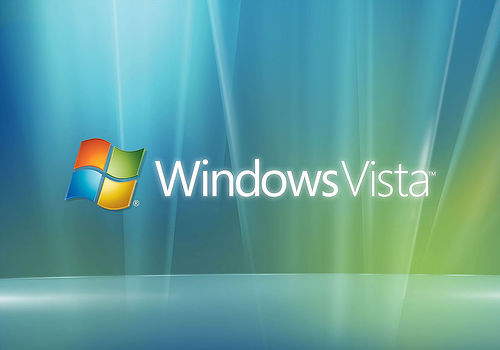Make Vista faster
 Washington - Windows 7 - with its commendable performance improvements - may be on the horizon. But for now, most of us have to live with Windows Vista, which can make even the fastest computer seem slow.
Washington - Windows 7 - with its commendable performance improvements - may be on the horizon. But for now, most of us have to live with Windows Vista, which can make even the fastest computer seem slow.
But you don't have to put up with Vista's sluggishness without a fight. In fact, most of what ails Vista when it comes to performance can be remedied by adjusting some settings and eliminating some features.
And the good news: The whole process need not take more than half an hour. Afterwards, you'll be rewarded a computer that feels a lot faster.
---Turn off window animation.
Vista went overboard with window animation - the almost slow- motion visual effect that occurs when you minimise or maximise an application. Whether you think the animation is cool or not, it's indisputable that it slows you down - or at least it seems to.
Luckily, turning off window animation is possible, and doing so will not affect other types of interface animation that you may enjoy in Vista. With window animation off, your computer will seem snappier, as applications and other windows pop into view - and disappear from view - with little fanfare.
Open the Windows Control Panel, click System and Maintenance, Performance Information and Tools, Advanced Tools from the task pane at the left, and then click "Adjust the appearance and performance of Windows." A user account control dialog box will prompt you, and you should click Continue. The Performance Options dialog box will open.
On the Visual Effects tab of the Performance Options dialog box, you have four choices: "Let Windows choose what's best for my computer," "Adjust for best appearance," "Adjust for best performance," and "Custom." "Custom" is followed by a list of individual check boxes that allow you to determine exactly which visual effects you would like to turn on or off.
To start, click "Custom," and then remove the check mark next to the "Animate windows when minimising and maximising." De-activating that option will make your applications and other windows snap into and out of view immediately rather than gradually. Changing this setting alone may be enough to make Vista feel snappier for you, and you could stop there and see how you like the change.
If you want to get rid of all of Vista's fancy - but resource zapping - visual niceties, you can revisit the Performance Options dialog box and turn off a few more of the effects. Ones you might want to focus on are "Fade or slide menus into view," "Fade out menu items after clicking," and "Enable transparent glass." Removing the "glass" effect essentially de-actives the headline feature of Vista's Aero technology, which makes window borders semi-transparent, allowing you to see what's behind them.
If you're working on an underpowered or a really old machine and want to configure Vista's interface so that it uses a minimum of system resources, simply select the "Adjust for best performance" option. Doing so will remove virtually all of Vista's interface enhancements, but it will reduce the load on your computer.
---Turn off UAC
User account control (UAC) is supposed to keep you safe from malicious software. But the penalty is that at every turn, you're prompted to provide Windows permission to carry out some action - from deleting files to installing applications - that you specifically requested.
It's an annoyance. You probably lived fine without UAC for many years. Plus you also likely run antivirus or anti-spyware software that keeps a lookout for possible harm. When why not just turn UAC off?
It's easy enough to do. Open the Control Panel, and click User Accounts and Family Safety. Then click User Accounts. From the resulting User Accounts screen, click "Turn User Account Control on or off." On the next screen, remove the check mark from the box labeled "Use User Account Control (UAC) to help protect your computer." Click OK. You'll have to restart your computer, but once you do, those annoying UAC prompts will be gone.
---Disable indexing
Vista's real-time search feature requires that an index of the contents of your hard drive be created and constantly updated. That constant updating occurs in the background, and it will slow down Vista's overall performance, especially on a slower machine.
You may not even need or want the type of indexing that Vista does. The downside of Vista's new search facility is that it will return results from the last completed index rather than the actual files now stored on your hard drive. If you updated files since the last index was created, Vista may not find what you're looking for, as it will be using outdated index information.
Whether you like Vista's new indexing feature or not, you can optimise the way it works or disable it altogether. Open the Vista Control Panel, and click System and Maintenance, followed by Indexing
Options. In the resulting Indexing Options dialog box, you can control which drives and folders get indexed by clicking the Modify button. Click Advanced to specify which file types are indexed.
Limiting the drives, folders, and file types that are indexed will reduce the amount of time that Vista spends indexing, and it will therefore reduce the overhead required by the indexing feature and consequently speed up your computer.
Making the few interface and operational tweaks here typically allows Vista to perform on a par with Windows XP. And for now, while the world waits for the even snappier Windows 7, that's probably good enough. (dpa)